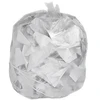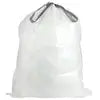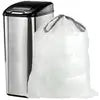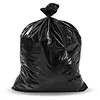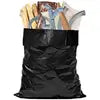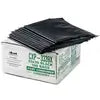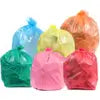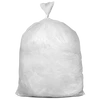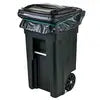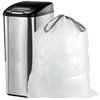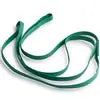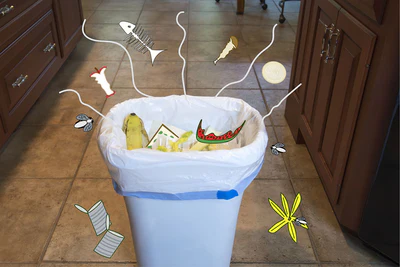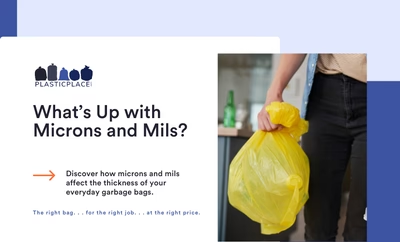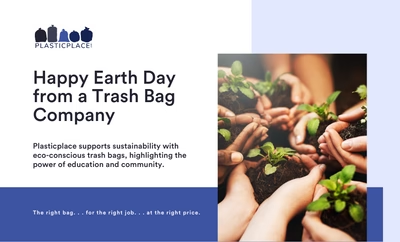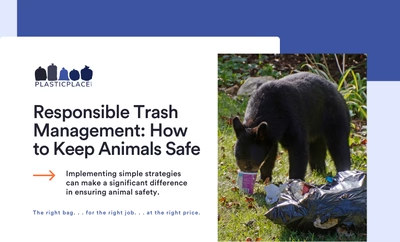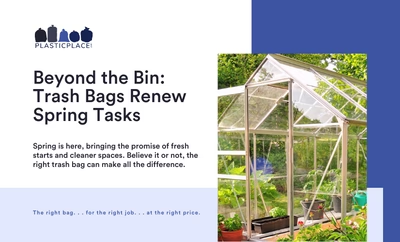Source: ITTIGaller/Shutterstock.com
Chances are, you’re among the two-thirds of Americans who think more needs to be done to protect the environment and reduce climate change. As you become more environmentally aware, you may find yourself looking at your recycling bin a little differently.
Not rinsing the ketchup didn’t seem like a big deal before. But now you’re wondering if it is. And you’re asking yourself, how does my recycling get sorted after it leaves my house?
Of course, you should always sort your recyclables with recycling bags from Plasticplace.com. In this article, we discuss what else you can do to make sure all your recyclables get remade into new products.
Single-Stream Recycling Does the Sorting for Us
Back in the day, recycling was a real chore. Preparing and sorting recyclables into multiple bulky bins was the required routine for Americans who cared enough about the environment. Trouble was, not enough of them did.
So, recyclers turned to a new technology that promised to make recycling easier on the consumer: single-stream recycling. The new Material Recovery Facilities (MRF) use optical technology, tumblers, magnets and a host of other mechanical solutions to separate recyclables. The hope was that MRFs would increase the rate at which Americans recycle.
And it worked. Beginning in the ’90s when single-stream recycling became widely available, recycling rates soared. The recycling rate for paper and cardboard in 1980 was only 28 percent. By 2018, that percentage rose to 68 percent.

Source: Photography.com/Shutterstock.com
How Single-Stream Recycling Works
Single-stream recycling is an impressive collection of conveyor belts, magnets, drums and bins. Increasingly, emerging technology such as optics improves the efficiency of single-stream recycling.
Our recyclables are sent to a Material Recovery Facility. Once there, they are unloaded onto a conveyor belt where employees remove non-recyclable items. Using gravity, the paper moves up on the conveyor while other material moves down. Magnets separate most of the metals. Plastics are sorted by employees or, increasingly, by optical technology.
As remarkable as single-stream technology is, the process still requires employees who sort recyclables the machines missed. Increasingly, these employees must also remove non-recyclable items, especially plastic bags, from the clogged machines.
Find Recycling Bags OnlineWish-Cycling Cripples Single-Stream Recycling
Single-stream recycling saves more recyclables from the landfill. But the problems it causes could undo the entire system.
One of the biggest problems of single-stream recycling is that it makes Americans more confused about what can go into their recycling bins. Without the rigid, albeit clear, recycling routine, we became a nation of aspirational recyclers. When we’re unsure if an item is recyclable, we throw it in the recycling bin and hope for the best.
But this “wish-cycling” has disastrous consequences for the MRFs. Today, about 25 percent of the material that makes its way to recycling centers is not recyclable. And all that trash has to be sorted by hand before the rest of the material can go into the conveyor system.
Sorters find everything from frying pans to plastic grocery bags to coffee pods. These materials are costly and time-consuming to remove and send to a landfill. Even worse, many items are easily missed and jam the entire recycling system. If a string of Christmas lights gets stuck in a tumbler, the entire operation shuts down until it’s cleared.

Source: photka/Shutterstock.com
Single-Stream Makes Americans Sloppy Recyclers
Wish-cycling isn’t the only recycling gaffe we commit. The ease of single-stream recycling made us mistakenly assume that we could toss recyclables as thoughtlessly as we do trash.
The resulting contamination from food or other materials on one item can render a ton (literally) of recyclable material unusable. MRFs then need to send the entire batch to the landfill.
In truth, we need to perform a few small steps before sending items to the recycling center. Follow these tips to make sure your recycling makes the grade.
- Rinse food from plastic and cans. And if you can’t get it clean, toss it in the trash.
- Remove all the packing material from cardboard boxes before flattening them.
- Never put plastic bags in your recycling bin. Take them to the drop-offs located at the grocery store.
- Take care to not break the glass.
- When in doubt, throw it out. Always use eco-friendly garbage bags.
 4.9 out of 5
4.9 out of 5  Mix and Match: Buy any two products for 10% off!
Mix and Match: Buy any two products for 10% off!












